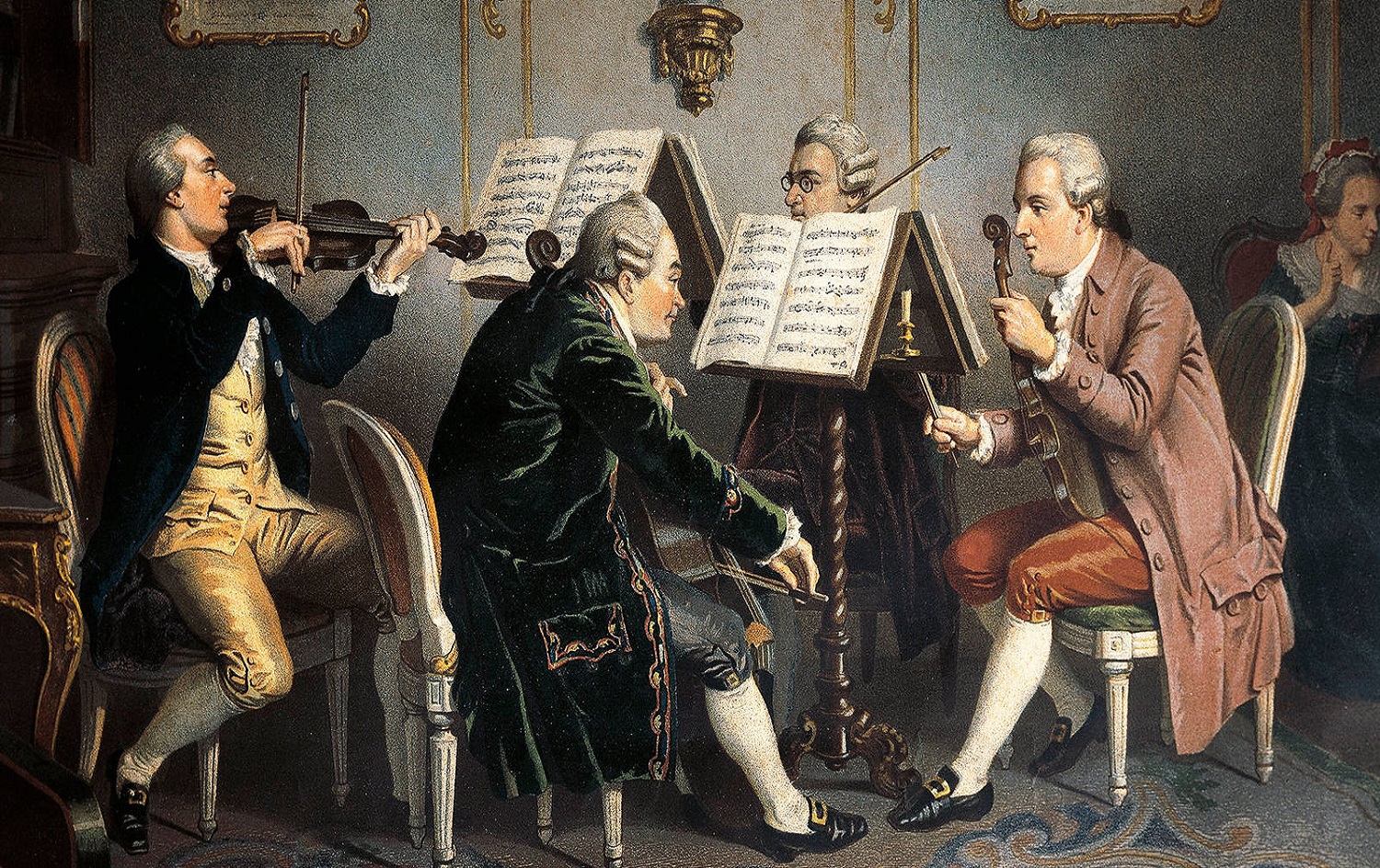Introduction
Classical music, a genre rooted in the traditions of Western culture, spans a broad period from the Middle Ages to the present day. Its history is marked by distinct stylistic periods, each contributing unique elements and innovations that have shaped the evolution of music. This text will explore the development of classical music across these periods: the Medieval, Renaissance, Baroque, Classical, Romantic, and Modern eras.
Medieval Period (500-1400)
The Medieval period marks the beginning of written music in Western culture. During this time, music was primarily vocal and religious, performed in churches and monasteries. The most significant form of music was Gregorian chant, named after Pope Gregory I. These chants were monophonic, consisting of a single melodic line without accompaniment.
In the later Medieval period, the development of polyphony (multiple independent melodic lines) began to emerge. This era saw the creation of early musical notation, which allowed composers to document and share their works. The Notre Dame School, including composers like Léonin and Pérotin, was instrumental in developing polyphonic music.
Renaissance Period (1400-1600)
The Renaissance period was characterized by a renewed interest in the arts and humanism. Music became more expressive and complex, with a greater emphasis on harmony and the blending of vocal lines. Composers like Josquin des Prez and Giovanni Pierluigi da Palestrina played key roles in advancing choral music.
Secular music also flourished during this time, with the rise of madrigals, chansons, and instrumental dance music. The invention of the printing press allowed for the wider dissemination of music, making it more accessible to the public.
Baroque Period (1600-1750)
The Baroque period introduced a dramatic, ornate style of music. This era saw the birth of opera, with early masterpieces by Claudio Monteverdi. Instrumental music became increasingly important, with the development of forms like the sonata, concerto, and suite.
Key composers of the Baroque era include Johann Sebastian Bach, George Frideric Handel, and Antonio Vivaldi. Bach’s intricate fugues and Vivaldi’s vibrant concertos, particularly “The Four Seasons,” exemplify the era’s complexity and emotional depth.
Classical Period (1750-1820)
The Classical period emphasized clarity, balance, and form. Music from this era is characterized by elegant melodies, structured forms, and the development of the symphony and string quartet. Franz Joseph Haydn, Wolfgang Amadeus Mozart, and Ludwig van Beethoven were pivotal figures.
Haydn, known as the “Father of the Symphony,” contributed significantly to the development of the symphony and string quartet. Mozart’s prolific output included operas, symphonies, and chamber music, showcasing his melodic genius. Beethoven, who bridged the Classical and Romantic periods, expanded the expressive range of music with his innovative symphonies and sonatas.
Romantic Period (1820-1900)
The Romantic period saw composers express intense emotions and individualism. Music became more programmatic, often telling stories or depicting scenes. This era also witnessed the expansion of the orchestra and the development of new forms like the symphonic poem.
Prominent Romantic composers include Franz Schubert, Robert Schumann, Johannes Brahms, and Pyotr Ilyich Tchaikovsky. Schubert’s lieder (art songs) and Tchaikovsky’s ballets, such as “Swan Lake” and “The Nutcracker,” are iconic works of this period. Richard Wagner’s operas, with their complex harmonies and leitmotifs, revolutionized the genre.
Modern Period (1900-present)
The Modern period in classical music is characterized by diversity and innovation. Composers sought new ways to express themselves, often breaking away from traditional tonalities and forms. This era includes various movements such as Impressionism, Expressionism, and Minimalism.
Claude Debussy and Maurice Ravel, key figures of Impressionism, used unconventional scales and harmonies to create atmospheric music. Arnold Schoenberg pioneered atonality and the twelve-tone technique, while Igor Stravinsky’s rhythmic innovations in “The Rite of Spring” shocked and inspired audiences.
In the mid-20th century, composers like John Cage and Steve Reich explored experimental and minimalist approaches, expanding the boundaries of what could be considered music. Contemporary classical music continues to evolve, incorporating electronic elements and exploring new forms of multimedia performance.
Conclusion
The history of classical music is a rich tapestry of evolving styles, forms, and innovations. Each period contributed unique elements that have shaped the genre, from the sacred chants of the Medieval period to the diverse expressions of the Modern era. Classical music remains a dynamic and influential art form, continually inspiring and enriching the human experience.


Comments are closed